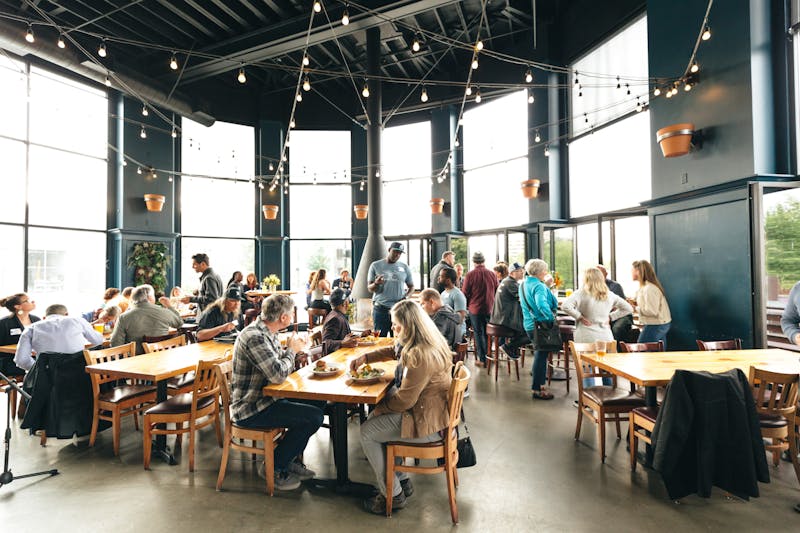Conversion Rates, Trust, and Ease of Use

Do you know your conversion rate – how well your website is able to “convert” an online visitor into a paying customer? We measure and improve conversions in two ways: by continually updating and tweaking our reservation forms, and by tracking conversion data across all of our clients’ websites. This allows us to make some general assumptions about why some websites convert at a higher rate than others.
When thinking about conversions, there are four value propositions that drive conversion: appeal, exclusivity, trust, and clarity. For this post, we are going to focus on trust. Why trust? It’s the reason FareHarbor launched on-site checkout for desktops earlier this year. (While trust is still important in mobile and tablet checkout, on-site checkout is less of a concern given URL visibility and design constraints.)
Since launching FareHarbor, one of the most requested features was on-site checkout—our clients inherently understood that their web visitors could be concerned about URL changes. How many times have you visited a website and prepared to make a purchase only to back out when you were redirected to a third party to complete the purchase? You had already made the decision to “trust” the website you were on and then were redirected to a third party to complete the transaction. (Check out this example.) With so many new startups in e-commerce, you likely didn’t recognize the URL and maybe had second thoughts.
Cart Abandonment and Conversions

It’s important to recognize that in e-commerce, 2-3% is considered a high conversion rate. That rate is even further challenged in travel where just 1% is considered high, and there is nearly a 90% cart abandonment rate at checkout! Cart abandonment is the failure to complete a reservation after having filled out all required information (all that was left was clicking “Complete Booking!”). With such low conversion rates, websites must minimize any potential friction and build up their trust factor as much as possible. In this vein, FareHarbor launched the LightFrame™ earlier this year. The Lightframe is an embed that allows your customers to book, pay, and get their confirmation securely — all without leaving your website. For an example, click on a date on the calendar on this page: http://www.xtremeparasail.com/parasail.html.
Customers using the Lightframe on-site checkout are 2.5x more likely to complete their purchase.
After migrating customer websites to the Lightframe, we saw an immediate increase in conversions of 22.6%! Unfortunately, due to missing-in-action website designers or, even worse, drag-and-drop website editors without support for JavaScript embeds, not all of our clients are able to take advantage of on-site checkout. Fortunately, for our overall client base, we are able to now run optimization tests and compare data between sites that use the Lightframe and those that still have on-site checkout. The data is astounding: customers using the Lightframe are 2.5x more likely to complete their purchase.
Don’t sacrifice ease of use to increase trust
Now that we understand the importance of on-site checkout and trust, let’s quickly discuss how ease of use is just as necessary when providing an on-site checkout solution. Recently we’ve noticed that some of our competitors have been using unacceptable design in their haste to create on-site checkout. While iframes are very useful for embedding static images or badges (think a TripAdvisor review badge or Facebook like button), they are terrible solutions for dynamic embeds like reservation forms. Most companies have reservation forms that shrink or expand based on the number of fields. The end result is that when the iframe containers are not big enough to display all of the fields, the webpage will display a scrolling window within a scrolling window. For beginner web users, this can be one of the most confusing parts of a website, especially if they accidentally turned off scrollbars on their new Apple computer—in that case, they might not even recognize that they need to scroll down!
FareHarbor is always focused on providing our users and clients with the best-in-class checkout process. This means always considering the 5 biggest factors in online conversion. We always avoid sacrificing one metric, like ease of use, for the benefit of another, like trust, when possible. Interested in learning more and optimizing your online checkout process with FareHarbor’s on-site checkout via Lightframe? Watch our short demo video and let us know that you’d like to learn more. We’re excited to help!



